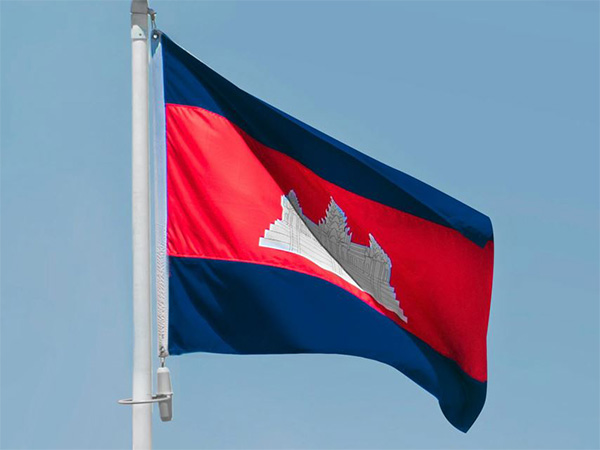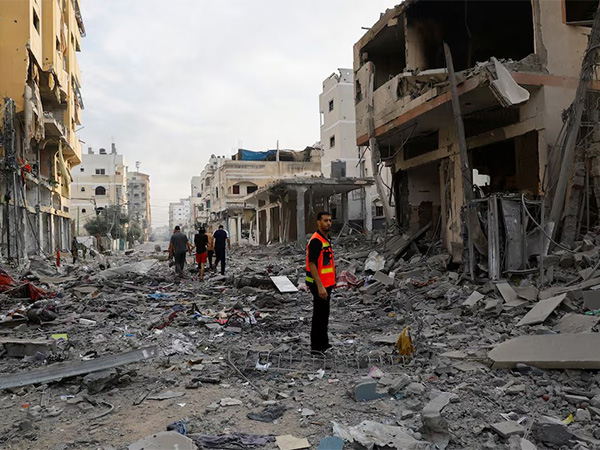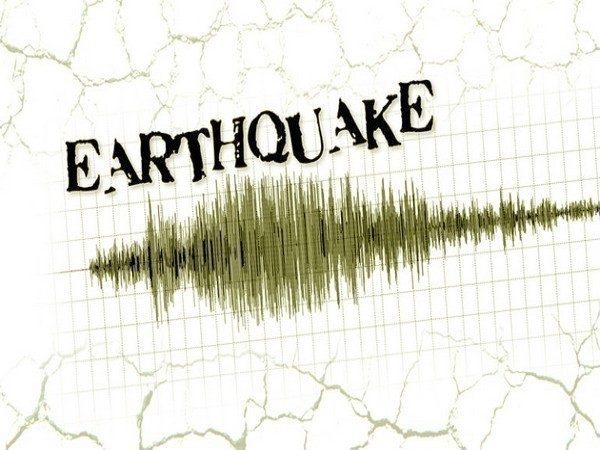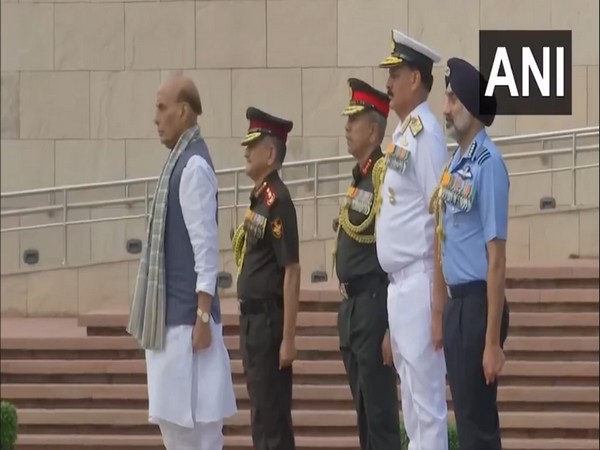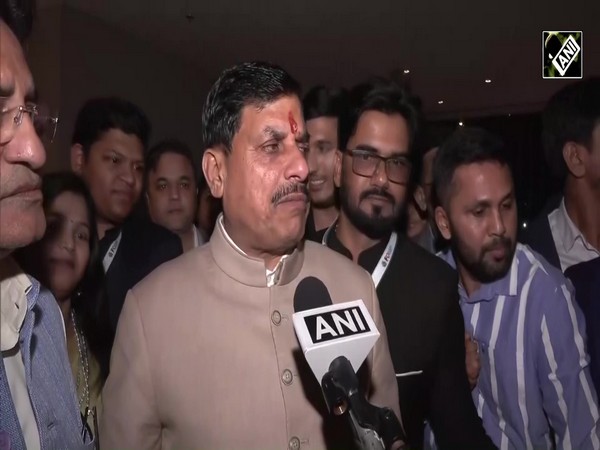Buddhists bring 140 Buddha statues to celebrate Samyak Mahadan festival in Kathmandu
Mar 14, 2024

Lalitpur [India], March 14 : Buddhists brought 140 statues of the Buddha from several viharas for the Samyak Mahadan festival held at the courtyard of Nagbaha, near Patan Durbar Square in Kathmandu Valley. This festival is celebrated once in every five years.
Devotees formed a serpentine line to make offerings to these Buddha idols at the Samyak Mahadan festival.
"Alms giving is important. Amongst the alms-deed, the Mahadan is important. Until and unless the steps and process of 'Daan' are complete, it is not performed," Hira Ratna Bajracharya, one of the locals of Patan and also a member of a Vihar in Patan, told ANI.
The Samyak Mahadan is marked every year at Bhaktapur, once every half-decade at Lalitpur and once every 12 years in Kathmandu, where a total of 126 Buddhas are brought to a single place.
"Mahadan is observed after the completion of four years--on the fifth year. Here, a total of 18 Vihar's (from Lalitpur), Bhaktapur, Kathmandu and Kirtipur are brought at same place.
The total number of gods brought here stands at around 140," Bajracharya added.
The Hiranya Varna Mahavihar, the largest vihar in Lalitpur, invites all vihars inside Lalitpur, Kathmandu, Bhaktapur, Kirtipur, Chovar, Bungamati and other places and offers them alms. As the alms-deed encourages people to be altruistic and live a compassionate life, it has been named Samyak Mahadan.
The two-day festival which started from Wednesday evening seeing over pouring flow of people from various walks of life offer-in grains, money and cereals to the "Aaju"- revered people of the society.
It's been already more than 7 centuries that this festival has been celebrated in Lalipur as it started from Nepal Sambat 135 or 1015 AD, the Licchivi Period in Nepal's ancient history.
Sunder Sarth Bahu, a merchant whose business continuously slide down had invited the Buddha idols from all the monasteries to the feast during the rule of King Brish Dev in Sixth Century AD.
A resident of Keltole in Kathmandu organized a similar event in 1653 AD where he had invited King Pratap Malla, since then the celebrations has been carried on by the residents of Wotu, Lagan and Itumbahal, as per the historical beliefs and inscriptions.
Keeping up the tradition, Vihars which are run by people organizes the festival in gap of every 4 years where people pour-in to offer alms.
Till 1805, the Festival of Samyak Dan was celebrated annually, as the Samyak Guthis started experiencing hardships in managing resources for the festival it fell short to once in a half-decade.
